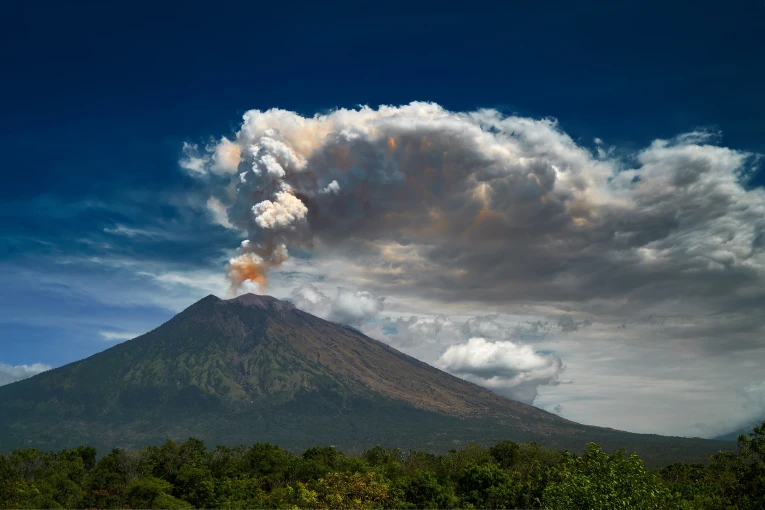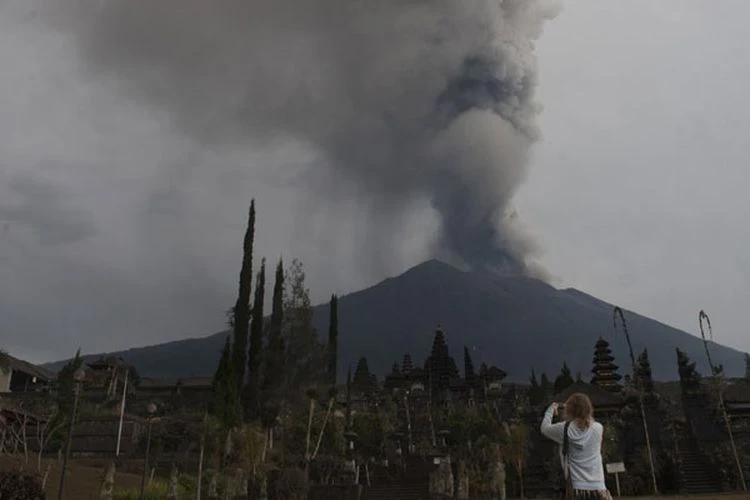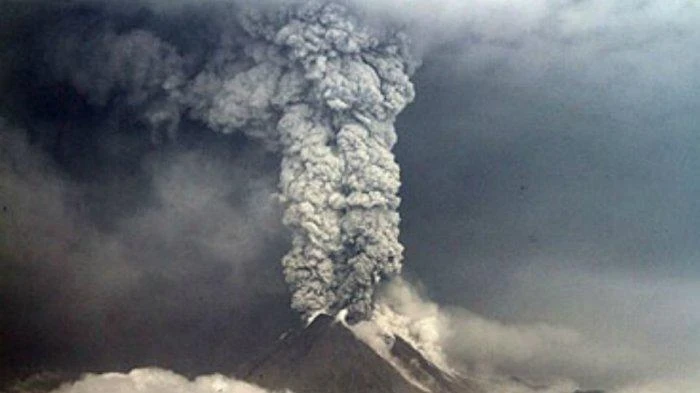Bali authorities have urged tourists and locals to be particularly cautious around Mount Agung as seismic observations indicate activity in the Earth's crust, suggesting a potential eruption.

The Regional Disaster Management Agency of Bali Province (BPBD) has called on communities around Mount Agung, as well as climbers and tourists, to restrict activities around the crater area at the summit. BPBD's CEO, Made Rentin, informed journalists that in November, experts monitoring Mount Agung recorded two low-frequency earthquakes, four deep volcanic earthquakes, seven local tectonic earthquakes, and fifty-seven remote tectonic earthquakes. He added that even minor ash emissions could have serious consequences for those in close proximity. The population living and operating around rivers originating from Mount Agung should be aware of the potential threat of lahars, especially during the rainy season.

The disaster management agency aims to exercise maximum vigilance following the recent tragedy on Mount Merapi in Sumatra earlier this month, where the death toll from the volcano eruption on December 3 has risen to twenty-two. It is estimated that 75 tourists were near the Merapi crater when the volcano released a cloud of ash reaching a height of 3 km. As for Mount Agung, it still appears calm on the surface. Perhaps that's why the warnings for tourists remain advisory. The volcano's activity status remains at level 1, indicating normal conditions.
However, underground activity can quickly transition to the crater. Volcanic earthquakes recorded by experts indicate that there are still lava reserves beneath the surface of Agung. The sacred Mount Agung is one of the most majestic landmarks in all of Bali, rising above undulating rice terraces and traditional Balinese villages. On a clear day, Agung can be seen from almost any point on the island. Former Bali Governor Wayan Koster, shortly before the end of his term, planned to ban climbing to the summit of Agung. However, the initiative was not implemented, and guides still offer treks to the crater for sunrise views.

Bali enthusiasts recall the last significant eruption of Agung. At the end of 2017, the volcano experienced 844 volcanic earthquakes. In June 2018, it ejected volcanic ash plumes 2 km into the sky, disrupting air travel to the island. More recently, in May 2019, an eruption scattered lava and volcanic rocks up to 3 km away, with some ash falling on nearby villages. Flights over the island were temporarily canceled.
You can add one right now!